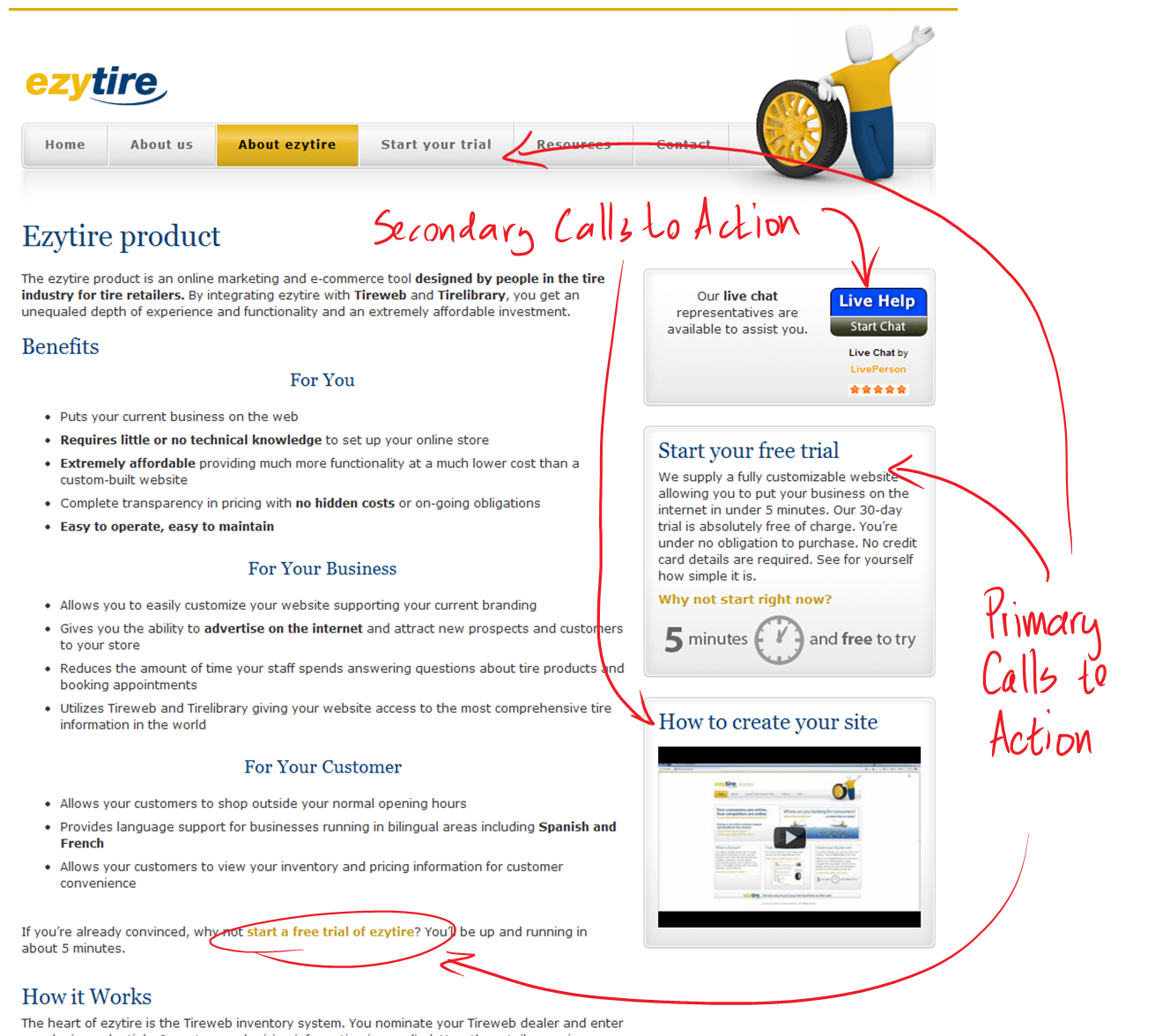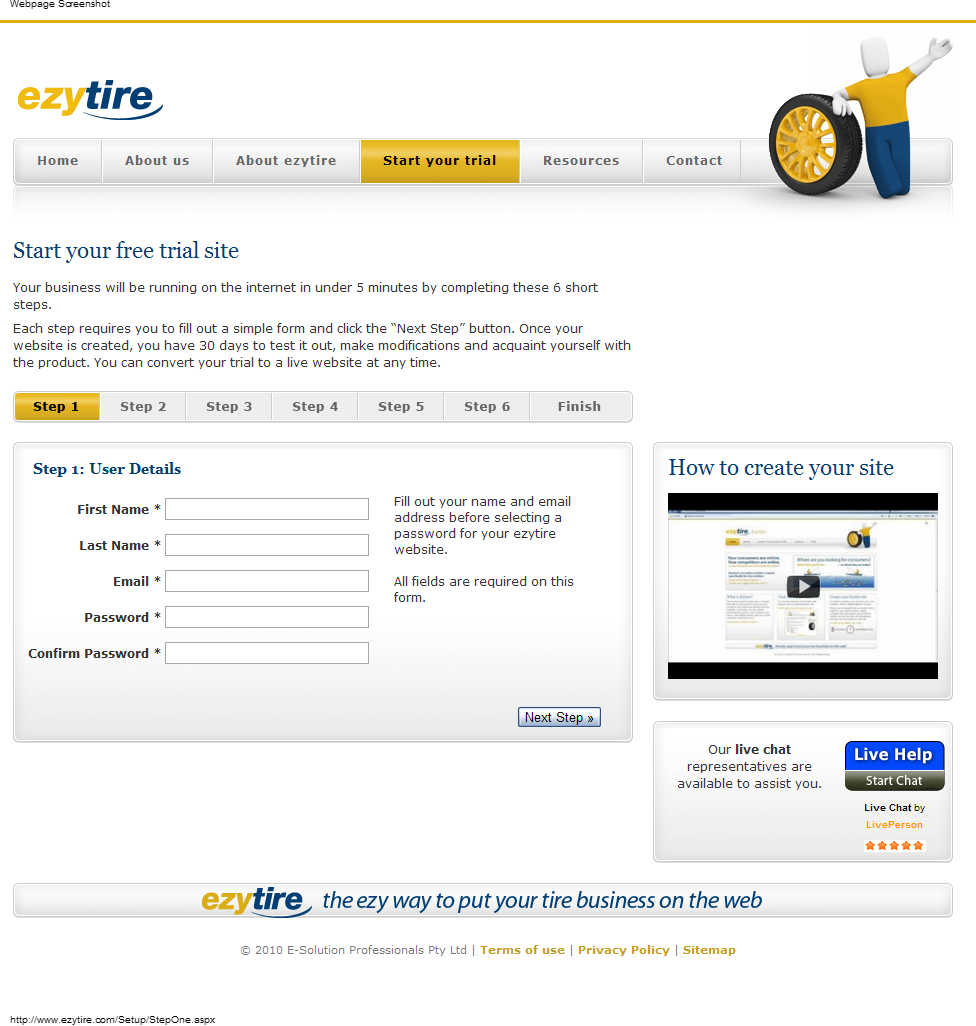 In my new book, “Your Customer Creation Equation,” there is a chapter called, How Content Fuels Conversion, in which I introduce the “content cascade.”
In my new book, “Your Customer Creation Equation,” there is a chapter called, How Content Fuels Conversion, in which I introduce the “content cascade.”
A presentation gets recorded to create audio or video content. For a few dollars, this can be turned into a transcript, which can then be edited into a white paper. The white paper can then be divvied up into many blog posts — erupting from your blog like lava cascading from a content volcano.Continue Reading









